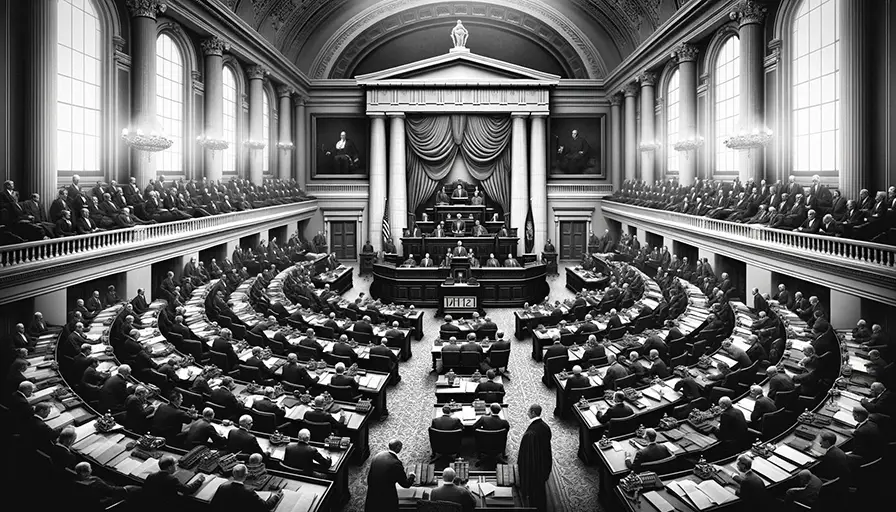Safeguarding student privacy in an increasingly digital world requires a concerted effort from all corners of the educational landscape. From refining internal policies to engaging every stakeholder involved, our mission is clear: protect our students’ digital footprints as zealously as we do their physical well-being. In the spirit of this mission, let’s delve into a comprehensive guide designed to navigate the murky waters of educational technology (edtech) and student privacy.
Refining School Procedures
The transition to ed tech brings with it a significant shift in how student information is handled. To ensure clarity and security, it’s essential for schools to implement procedures that are transparent and respectful of privacy. Acceptable Use Policies (AUPs) should be clear-cut, distinct from the privacy policies of ed tech companies, and strictly relevant to the technologies being adopted. These policies must not overstep by monitoring student activities outside the educational sphere or infringing on personal rights. They should offer a clear delineation of how and why student data may be monitored within an educational context, ensuring parents and students are fully informed and consent to these practices. Contingency plans, including opt-out options and alternative technologies, should be readily available for those concerned with specific ed tech practices.
Engaging Stakeholders
School Administrators
Administrators find themselves balancing the promise of technology with the imperative of privacy. This balancing act requires negotiating with vendors to ensure contracts reflect the school’s privacy concerns, scrutinizing terms of service, and fostering an environment where edtech services are rigorously evaluated. Administrators should champion transparency, keeping the school community informed about the edtech ecosystem and its implications for student privacy.
Teachers
Teachers, as the bridge between students and technology, are pivotal in integrating digital literacy and privacy education into the curriculum. This includes promoting strong digital hygiene, such as secure passwords, and being judicious in the selection and use of edtech tools. Advocacy for privacy training and securing parental consent before adopting new technologies are also key roles teachers play.
Librarians
Librarians, with their staunch commitment to user privacy, can lead by example. They should strive to exceed the minimum privacy standards, conduct thorough privacy audits, and ensure that student interactions with library resources are secure and confidential. Librarians have a vital role in educating the school community about privacy and advocating for student privacy in every discussion about new technology adoptions.
System Administrators
Sysadmins are the technical backbone of edtech implementation, responsible for ensuring that privacy settings on devices and software are stringent. They should focus on generating strong, secure passwords and act as knowledgeable advisors in the selection of privacy-conscious edtech tools. Collaboration with colleagues to advocate for privacy and the regular review of settings and policies to keep up with changes are critical tasks for sysadmins.
Collaborating with Edtech Companies
Edtech companies must align with the schools’ commitment to privacy, adopting transparent and respectful data practices. Schools, in turn, should demand high standards of privacy protection from their edtech partners, ensuring that these companies are not just vendors but allies in the mission to protect student privacy.
In the digital age, the line between technology and education is increasingly blurred, making the protection of student privacy a complex, yet crucial, mission. By adhering to these guidelines and fostering a culture of transparency and respect for privacy, schools can navigate the challenges of integrating technology into education while safeguarding their students’ digital footprints. This journey requires the collaboration of all stakeholders, each playing a unique role in building a secure and privacy-conscious educational environment.
Incorporating Privacy Advocacy Tools
The Incognito Browser stands strong as an advocacy tool in the privacy toolkit for both students and educators, thanks to its dedication to maintaining user anonymity and security online. Here’s how the Incognito Browser can play a pivotal role in educational technology (edtech) and student privacy:
Agent Cloaking
This feature is particularly relevant in an educational setting. Agent Cloaking helps mask the digital fingerprints of students and educators, making it more challenging for websites to track and profile their online behaviors. This capability is crucial for maintaining the privacy of users’ internet activities, ensuring that browsing habits remain confidential and protected from potential data harvesters.
Ad-Blocker Feature
The built-in ad-blocker goes beyond just removing visual clutter; it serves as a line of defense against malvertising and tracking embedded in ads. For schools employing digital resources, this feature can significantly reduce the risk of exposure to harmful content and privacy intrusions, ensuring a safer browsing experience for students.
Web3 Access
As the internet evolves towards decentralization, understanding and accessing Web3 becomes increasingly important. The Incognito Browser facilitates this transition, providing users with the tools to explore decentralized applications (dApps) and blockchain-based resources. For educational institutions looking to innovate and incorporate cutting-edge technology safely into their curriculum, the browser’s support for Web3 is invaluable.
Why It Matters
Integrating privacy-focused tools like the Incognito Browser within educational settings addresses several concerns highlighted in our mission to protect student privacy. It empowers students and educators to take control of their digital footprints, ensures a safer online learning environment, and aligns with the broader goal of refining school procedures to adapt to the digital age.



